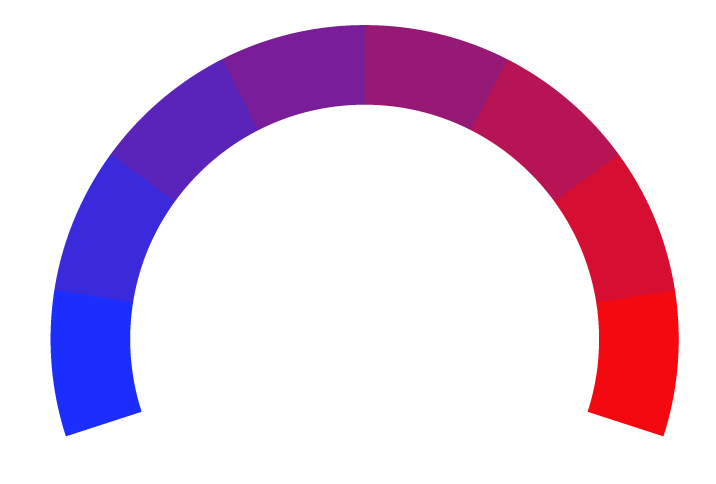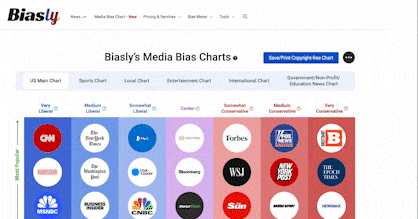Heartland Institute: 2020 Election's Mass Mail-In Voting Was 'Invitation for Fraud'
- Bias Rating
- Reliability
65% ReliableAverage
- Policy Leaning
-10% Center
- Politician Portrayal
18% Negative
Continue For Free
Create your free account to see the in-depth bias analytics and more.
By creating an account, you agree to our Terms and Privacy Policy, and subscribe to email updates.
Bias Score Analysis
The A.I. bias rating includes policy and politician portrayal leanings based on the author’s tone found in the article using machine learning. Bias scores are on a scale of -100% to 100% with higher negative scores being more liberal and higher positive scores being more conservative, and 0% being neutral.
Sentiments
-4% Negative
- Liberal
| Sentence | Sentiment | Bias |
|---|---|---|
Unlock this feature by upgrading to the Pro plan. | ||
Reliability Score Analysis
Policy Leaning Analysis
Politician Portrayal Analysis
Bias Meter
Extremely
Liberal
Very
Liberal
Moderately
Liberal
Somewhat Liberal
Center
Somewhat Conservative
Moderately
Conservative
Very
Conservative
Extremely
Conservative
-100%
Liberal
100%
Conservative

Contributing sentiments towards policy:
53% : "In the 2020 election ... under the guise of the pandemic, we know that several states, several governors, [and] several secretaries of state, changed the voting rules to do away with any of those hurdles that are necessary ... such as signature verification," Talgo said.36% : The poll, published this week, revealed that more than 1-in-5 voters in the 2020 election said they filled out mail-in ballots on behalf of someone else -- a practice that is illegal under federal election law.
36% : The poll also showed that 17 percent of mail-in voters in the 2020 election said they cast a ballot in a state where they were no longer a permanent resident -- a violation of federal election law -- while another 17 percent said they signed a mail-in ballot on behalf of someone else, also a violation of election law.
*Our bias meter rating uses data science including sentiment analysis, machine learning and our proprietary algorithm for determining biases in news articles. Bias scores are on a scale of -100% to 100% with higher negative scores being more liberal and higher positive scores being more conservative, and 0% being neutral. The rating is an independent analysis and is not affiliated nor sponsored by the news source or any other organization.






















 Breitbart
Breitbart